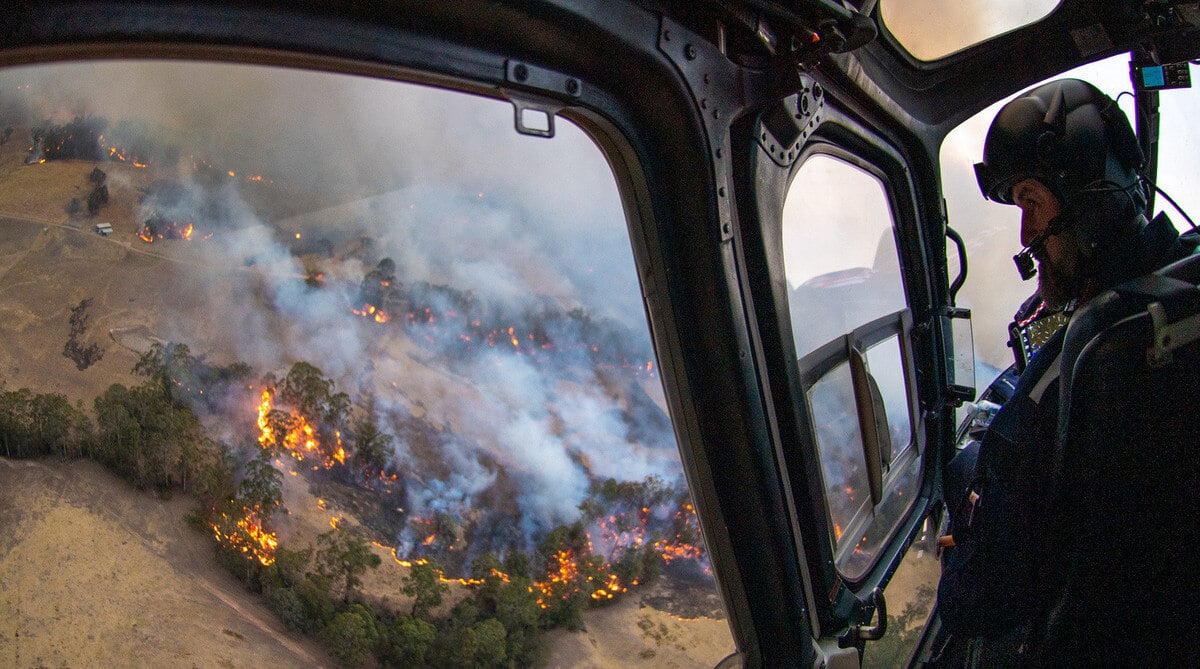At TracPlus, we're committed to keeping our partners in aerial firefighting informed about critical developments in our industry. As leaders in operational wildfire management and response, we understand the importance of balancing operational demands with crew safety. Today, we're sharing important news about changes to flight and duty limitations that will affect many of our customers involved in wildfire aviation operations.
The National Multi-Agency Coordinating Group (NMAC) has announced the implementation of Phase 2 Interim Flight and Duty Limitations for all federally contracted aviation resources, federal aircrew members, and federal maintenance personnel involved in wildfire management. This change, effective from 5 August 2024, aims to mitigate fatigue and enhance safety in wildfire aviation operations.
Aviation stand downs are strategic pauses in operations, allowing crews to step back from the demanding flight schedule and reflect on core aviation safety values. These stand downs keep tactical aviation resources on the ground for part or all of their normal duty day, providing a crucial opportunity for rest and reassessment.
While stand downs offer immediate relief, interim flight and duty limitations provide a structured approach to managing fatigue over extended periods of high flight activity. These limitations aim to reduce the length of duty days or increase the number of days off in the normal duty cycle.
The 2024 wildfire season has seen significant fire activity across multiple Geographic Areas, increasing the risk of fatigue among aviation personnel. Fatigue can compromise safety and operational effectiveness. By implementing Phase 2, NMAC aims to ensure that flight crews and maintenance staff are well-rested, supporting safer operations and helping prevent accidents.
Phase 2 builds upon the standard flight and duty limitations outlined in Phase 1, introducing additional measures to combat cumulative fatigue. Here are the key points:
- Additional Rest Day: Each flight crew member receives an extra day off within every 14-day period.
- Adjusted Schedules:
- Crews on a 12-and-2 schedule (12 days on, 2 days off) now get 3 consecutive days off, effectively becoming an 11-and-3 schedule.
- Flight crews on 6-and-1 schedules now work an alternating weekly pattern: 5 days on followed by 2 days off, then 6 days on and 1 day off.
- Contractor Flexibility: To maintain aircraft availability, contractors may provide additional approved crews. However, the costs for these extra crews are typically at the contractor's expense, unless specifically requested by the government.
- Continued Pay: Importantly, aircraft fixed daily rates and applicable special rates continue to accrue during the extra day off.
The implementation of Phase 2 reflects a commitment to crew safety and operational effectiveness. By providing additional rest, these measures aim to combat cumulative fatigue, which can impair judgment and reflexes - critical factors in aviation safety.
For wildfire managers and crews, understanding these changes is crucial for planning and executing operations effectively. While the additional rest days might seem to reduce available flight time, the goal is to ensure that when crews are working, they're at their best.
As we navigate another challenging wildfire season, measures like Phase 2 Interim Duty Limitations play a vital role in maintaining the safety and efficiency of our aerial firefighting capabilities. By prioritising rest and recovery, we're investing in the wellbeing of our crews and the communities they protect.
For more detailed information on how Phase 2 might affect specific operations, we recommend consulting with local aviation managers or reviewing the full NMAC guidance at: https://www.nifc.gov/sites/default/files/NICC/5-NMAC/Correspondence/2024/NMAC%20Correspondence%20M2024-09%20Implementation%20of%20Phase%202%20Interim%20Flight%20and%20Duty%20Limitations_0.pdf
